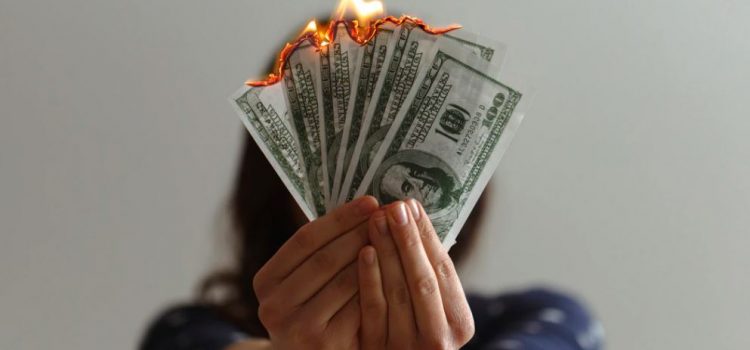
This is a free excerpt from one of Shortform’s Articles. We give you all the important information you need to know about current events and more.
Don't miss out on the whole story. Sign up for a free trial here .
What toll are the Federal Reserve interest rate hikes having on Americans and businesses? What are the consequences if rates continue to rise?
Aggressive Federal Reserve interest rate hikes have driven borrowing costs to painful heights, jeopardizing US household and business finances. Americans are struggling with soaring mortgage, credit card, and auto loan rates, accumulating record-high credit card debt.
Here’s a look at the impact the rise in interest rates is having on Americans.
Interest Rates Keep Rising
Federal Reserve interest rate hikes over the past year are creating financial distress for American consumers and businesses—squeezing household budgets, stifling entrepreneurship, and risking recession.
Background
The Federal Reserve has aggressively raised rates over the past 18 months to combat a 40-year inflation high of over 9%. The surge in inflation stems from strong consumer demand, global supply chain disruptions, and the war in Ukraine. As a result, the current interest rate has reached its highest level in 22 years, ranging from 5.25% to 5.5%. The Fed is considering further rate hikes before the year’s end to further curb inflation and stabilize the economy.
Despite the recent surge in inflation, the Fed’s preferred annual inflation gauge (which excludes food and energy expenses) has decreased significantly since last year. Economists anticipate that the measure will once again decline in the months ahead, predicting that growth in both rent and employee wages will slow down.
The Impact of Rising Rates
Higher interest rates make borrowing more expensive for consumers and businesses. For consumers, the past 18 months of rate hikes have driven up the cost of mortgages, credit cards, and auto loans.
- Credit card interest rates reached record highs in 2023, averaging around 20.72%. As a result, many Americans have cut back on spending and taken on expensive credit card debt to cover basic living expenses.
- 30-year fixed mortgage rates doubled to 7.79%, pricing many Americans out of the housing market.
- The average interest rate on new four-year auto loans jumped to 8.3%—the highest level since the early 2000s.
Small businesses are also grappling with higher borrowing costs as interest rates rise.
- Banks’ prime interest rate (what they charge the most credit-worthy businesses) is now 8.5%—three times higher than a year ago.
- But for most small businesses seeking new or refinanced loans, rates are even higher, typically ranging from 9% to 12%.
The elevated rates have forced many small businesses to reevaluate their inventory purchases, investments, and hiring practices. Further, while small businesses drove all US net job growth from February 2020 to the end of 2022, they became a larger part of the job layoff landscape in 2023.
High interest rates pose greater challenges for startups and early-stage businesses, which have fewer financing options as banks grow increasingly cautious. They must turn to alternative sources like online lenders, even if it means incurring significantly higher costs.
Looking Ahead
Although the Fed recently held interest rates steady, it left the door open to future hikes, signaling that high rates will persist for now. This means ongoing pain for consumers and small businesses struggling with expensive borrowing costs.

Want to fast-track your learning? With Shortform, you’ll gain insights you won't find anywhere else .
Here's what you’ll get when you sign up for Shortform :
- Complicated ideas explained in simple and concise ways
- Smart analysis that connects what you’re reading to other key concepts
- Writing with zero fluff because we know how important your time is






